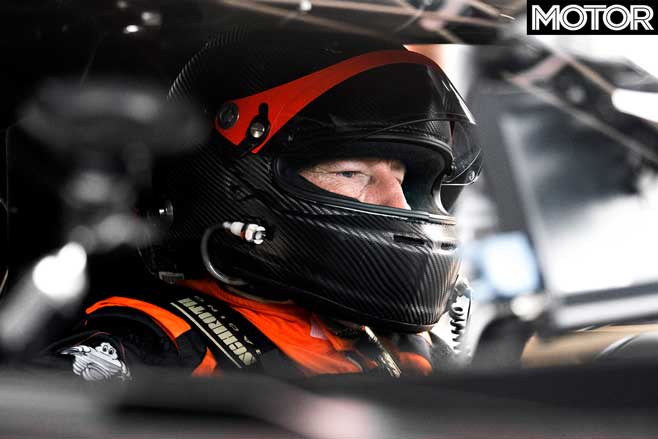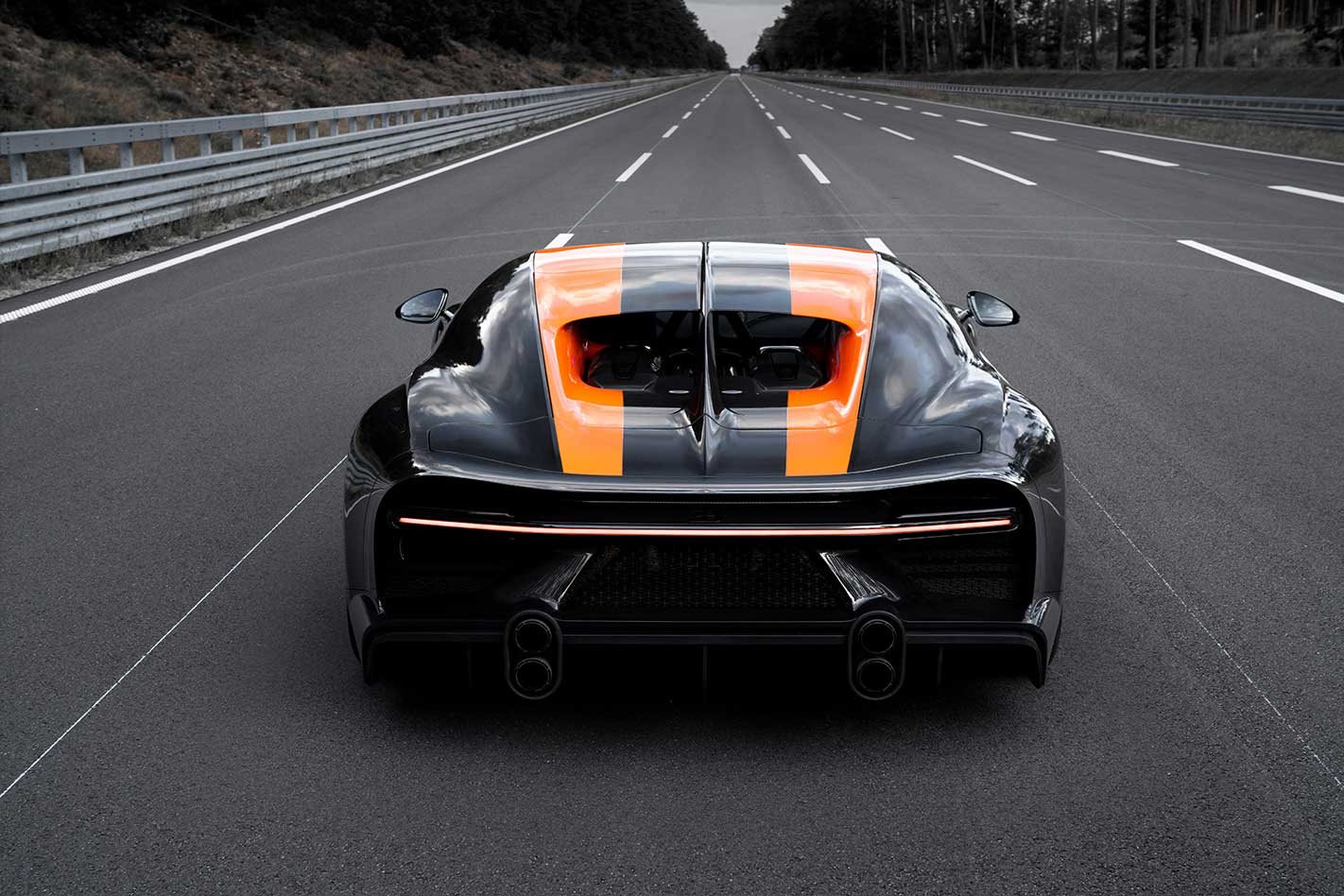Speed, there is something about it. With every additional kilometre per hour, there’s a heightening of danger and a distillation of focus, an acceleration of heart rate, a quieting of thought. Dancing a little more closely with fate. We all know the feeling; it’s a bit of a drug.
Away from one’s own experience behind the wheel, speed captivates the cultural imagination in ways other measurements do not, be they lap or acceleration times, and for me Bugatti has proved as much yet again this month.

While I’m definitely besotted with our two cover cars and their staggering power outputs, individual or combined – can you imagine a paddock containing 1810 horses? – it’s the 490.48km/h kissed by a blistering Bugatti Chiron prototype at the 21km-long Ehra-Lessien test track in Germany, in August, that really has my fascination.
Basically Bugatti built a long-tail Chiron for the express purpose of being the first to break the 300mph (482km/h) barrier with what is ostensibly a car you can buy, numberplates and all.
Part of my curiosity with not only top speed in road cars, but this run in particular, is that it gives a so-called hypercar a reason to exist. Up until now, it was starting to feel like the only limits some of these new hypercars were pushing had to do with price and rarity. But the long-tail Chiron prototype has a point beyond just filling the VW Group’s coffers: as a machine built to expand the boundaries of engineering. Others should take note.

And it’s amazing to think of the speed attempt itself. Trees, behind guardrails, whipping past at velocities normally reserved for salt flats – 136 metres per second to be exact. Quad turbochargers, furiously whistling, cramming multiple atmospheres into 16 huge cylinders. The slippery body punching a hole into a thickening wall of air. The awesome centrifugal forces (5300g!) on the still-street-legal Michelin tyres, wanting to rip them apart – and what would happen if just one of hundreds of parts failed.
“I think most people have been 150 miles an hour (241km/h)sometime during their life,” explained test driver Wallace, 58, the man who set the production car record of 390km/h in a McLaren F1 in 1998 at this same track. “If you then add just another 30 to make it 180 (290km/h), that’s a whole different world. Then when you get to 200 (322km/h), it’s a lot faster than 180. So when you’re talking about 300 (483km/h), it’s a massive, massive step”.

I do guiltily enjoy that there was not a battery or electric motor in sight, save for the regular one powering the starter motor. It was purely on hydrocarbons this feat was achieved.
I also quite like that a top speed run seems to have garnered a fascination well beyond just car enthusiasts, especially in this age of speed being supposedly the root of all evil. The Chiron doing 490km/h seems to me a bit of a churlish record to break – but that it was by a bunch of serious, doctorate-educated German engineers, delights me all the more.
It’s a bit sad that Bugatti has said it will no longer gun for production car top speed records. With 490km/h, it is done. It’s now up to other brands to pick up the baton, and they should. Stunts like these not only generate credibility – they inspire. And inspiration has never been in stronger demand.




